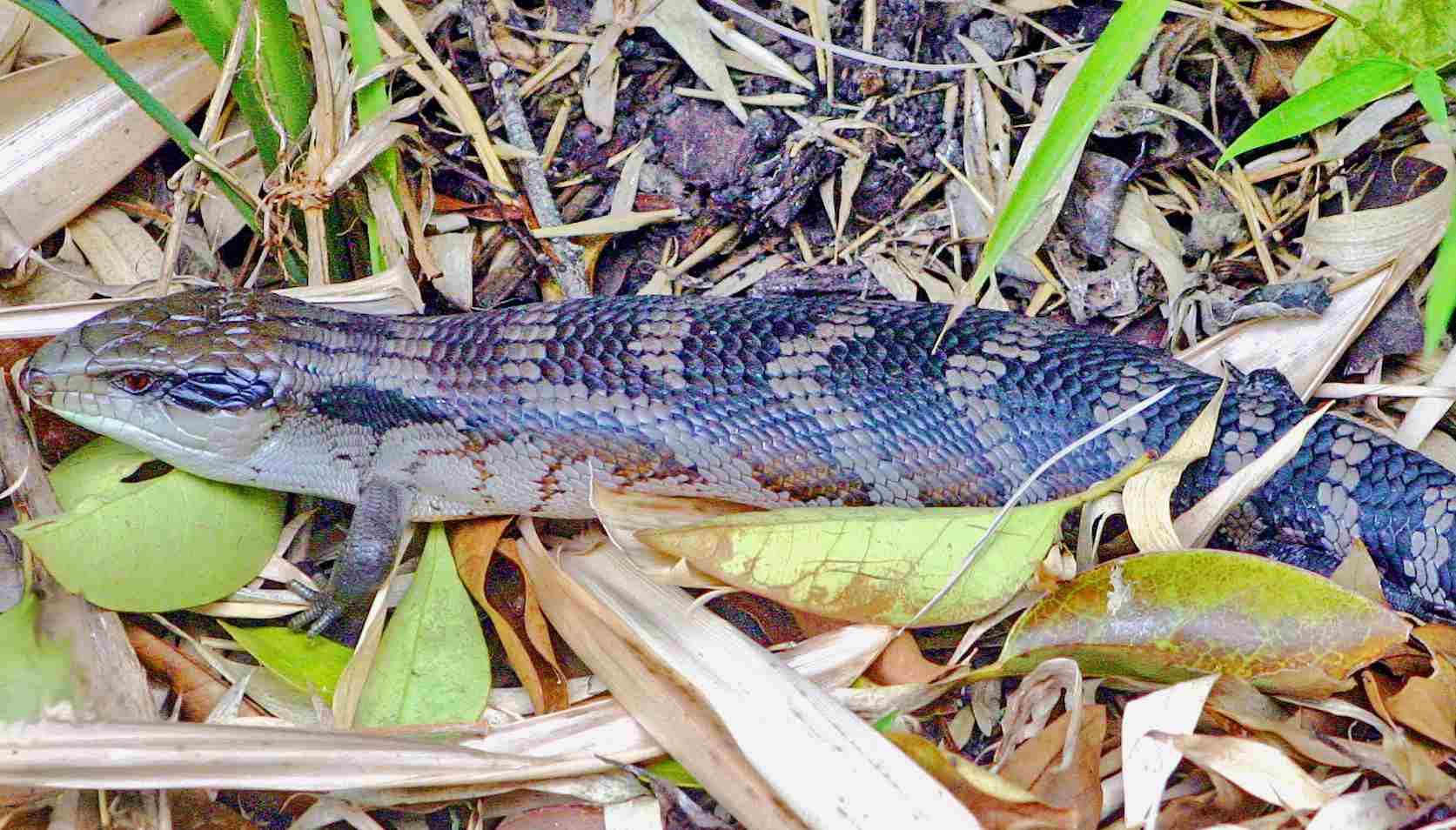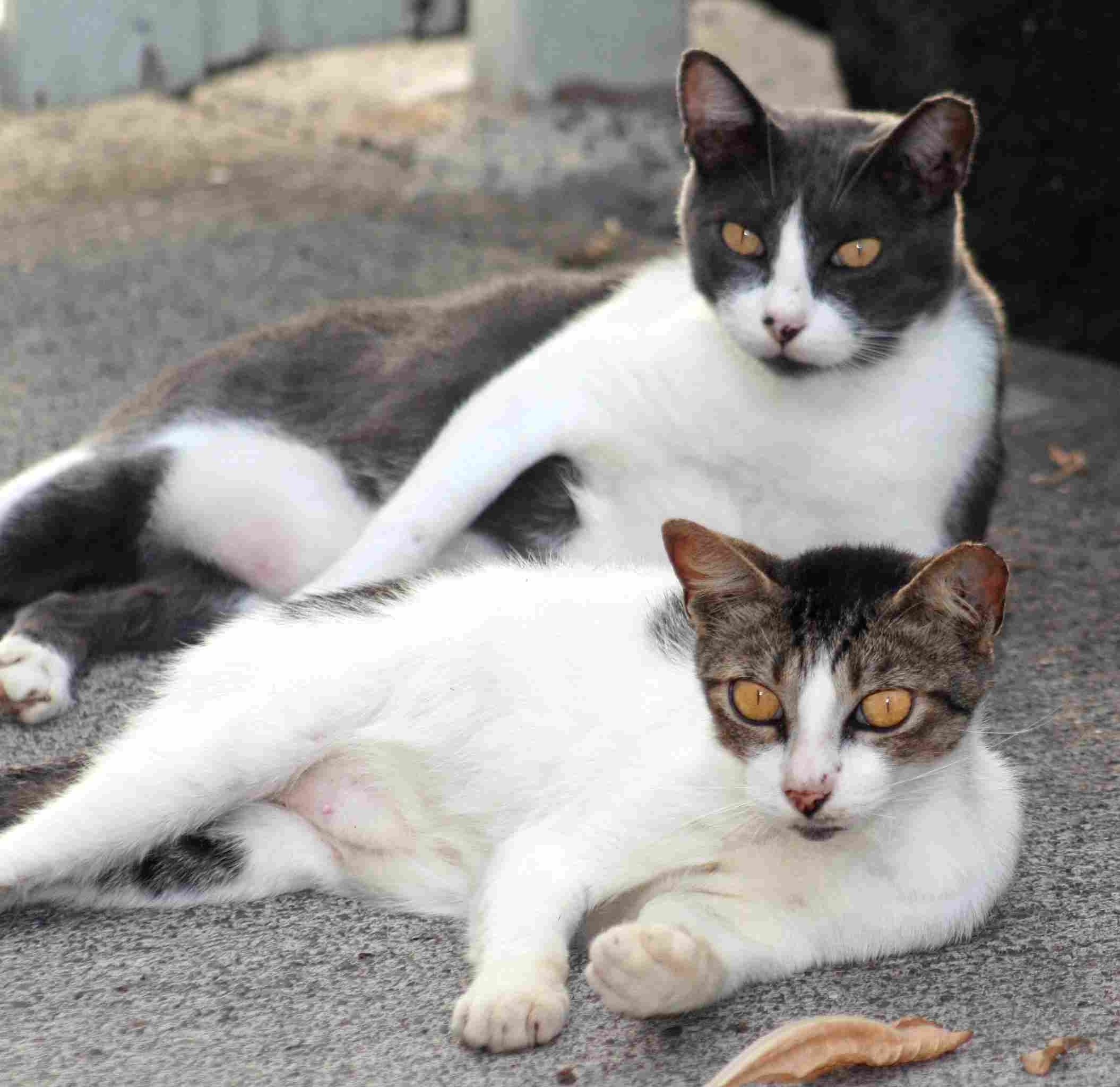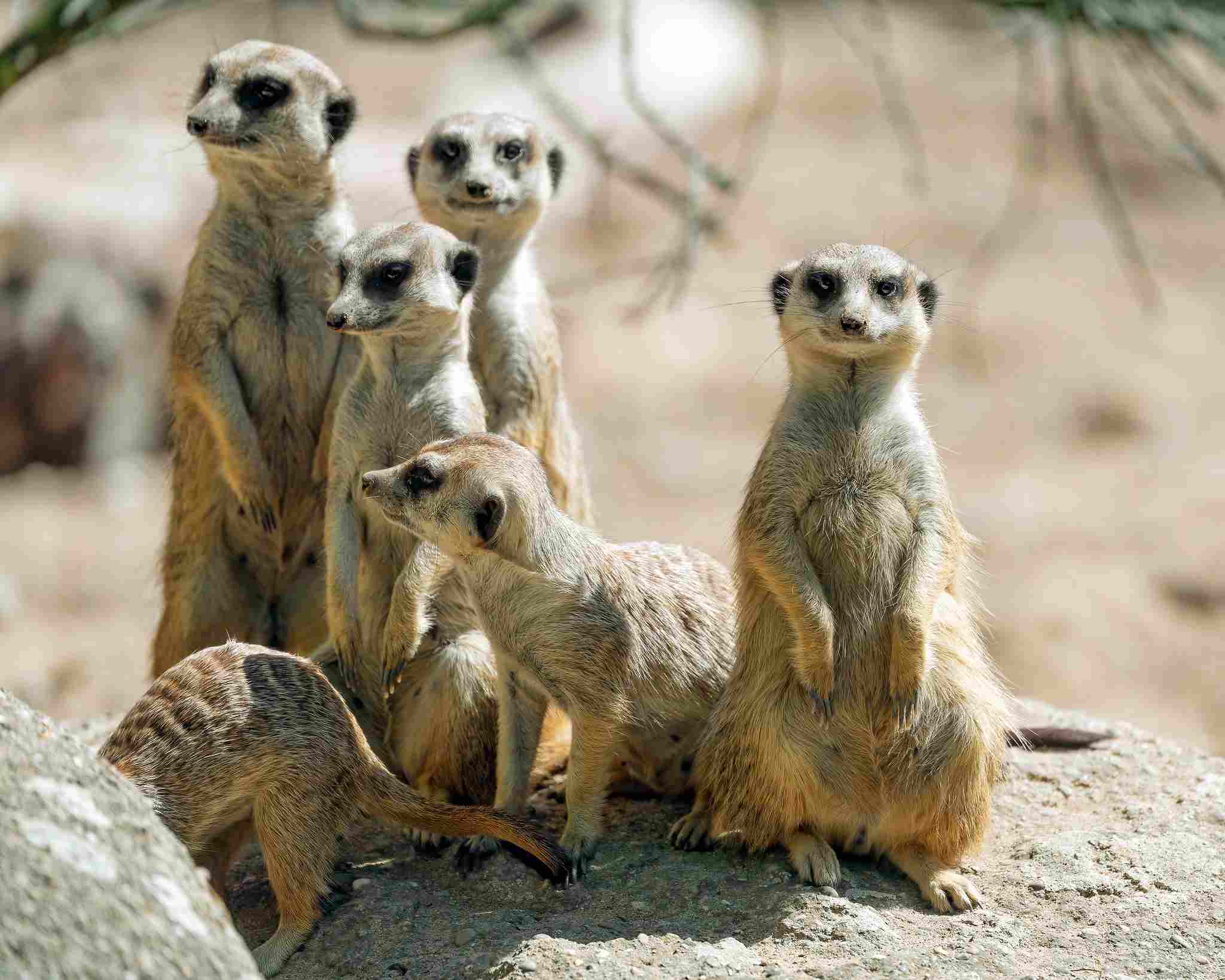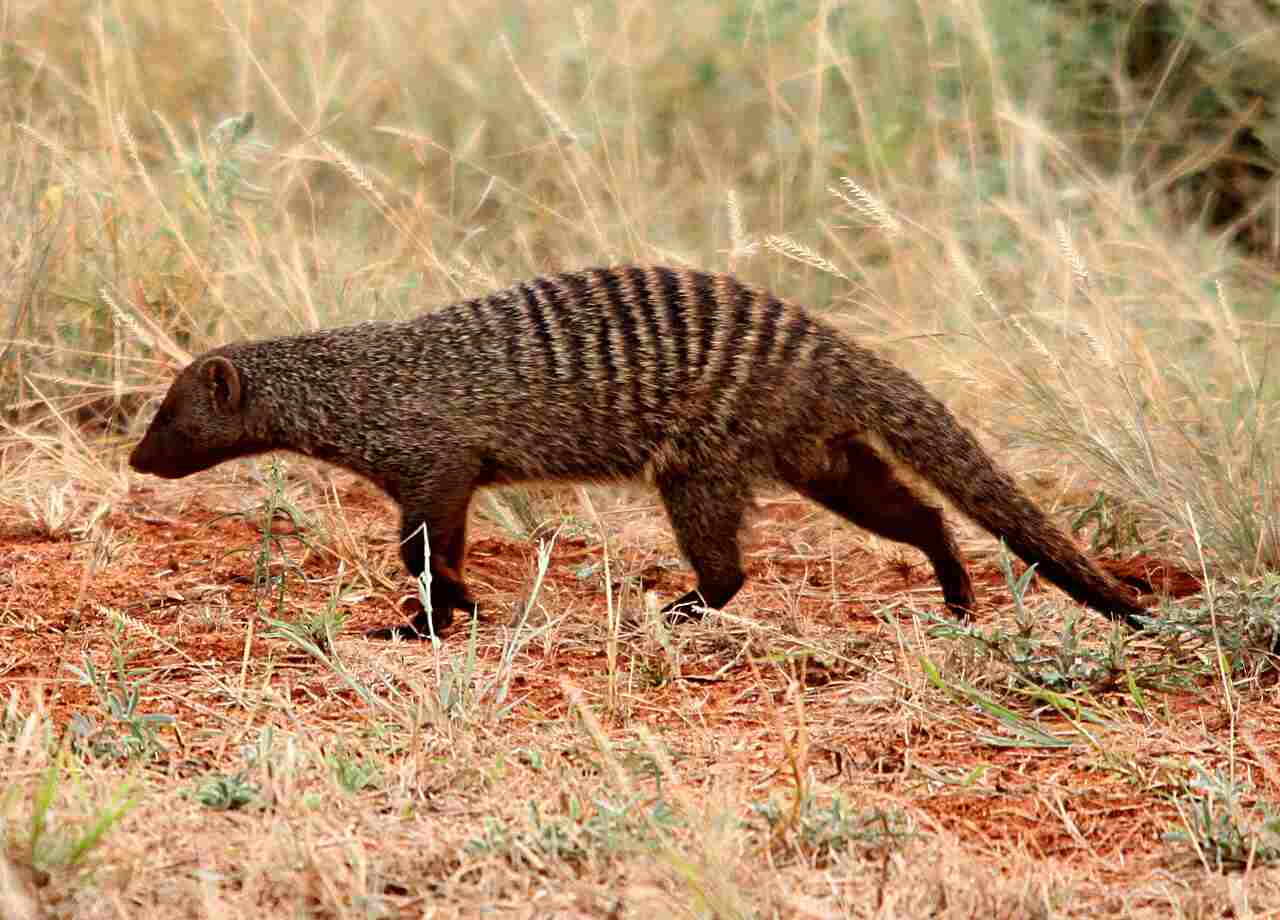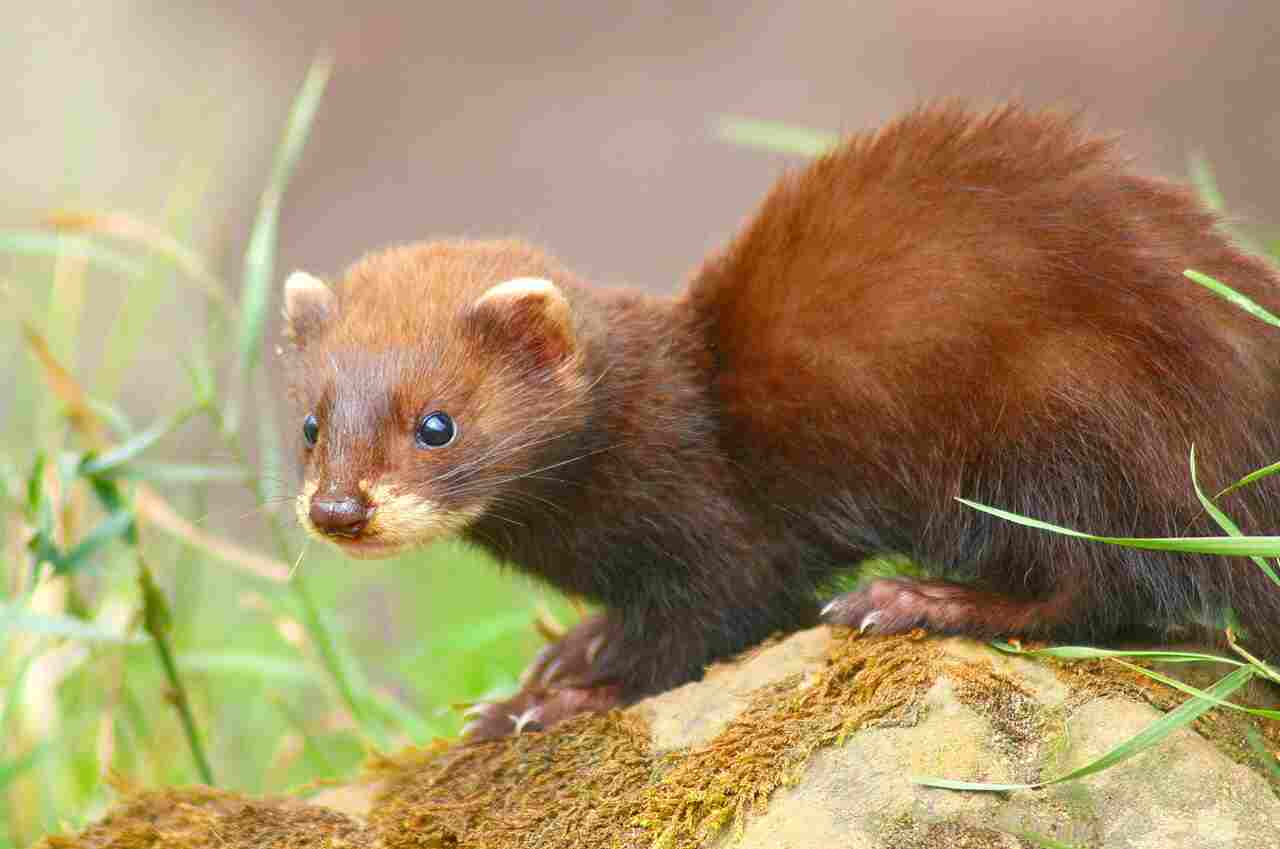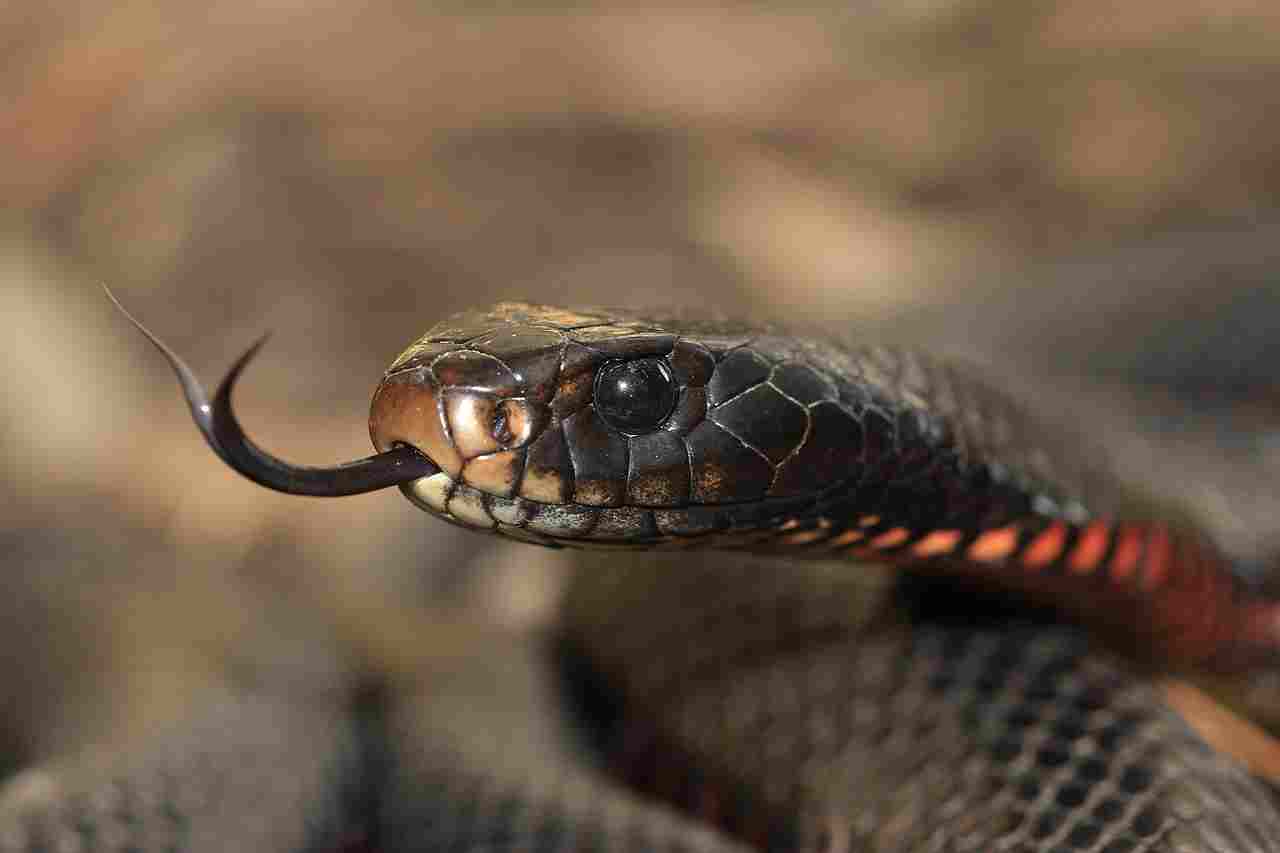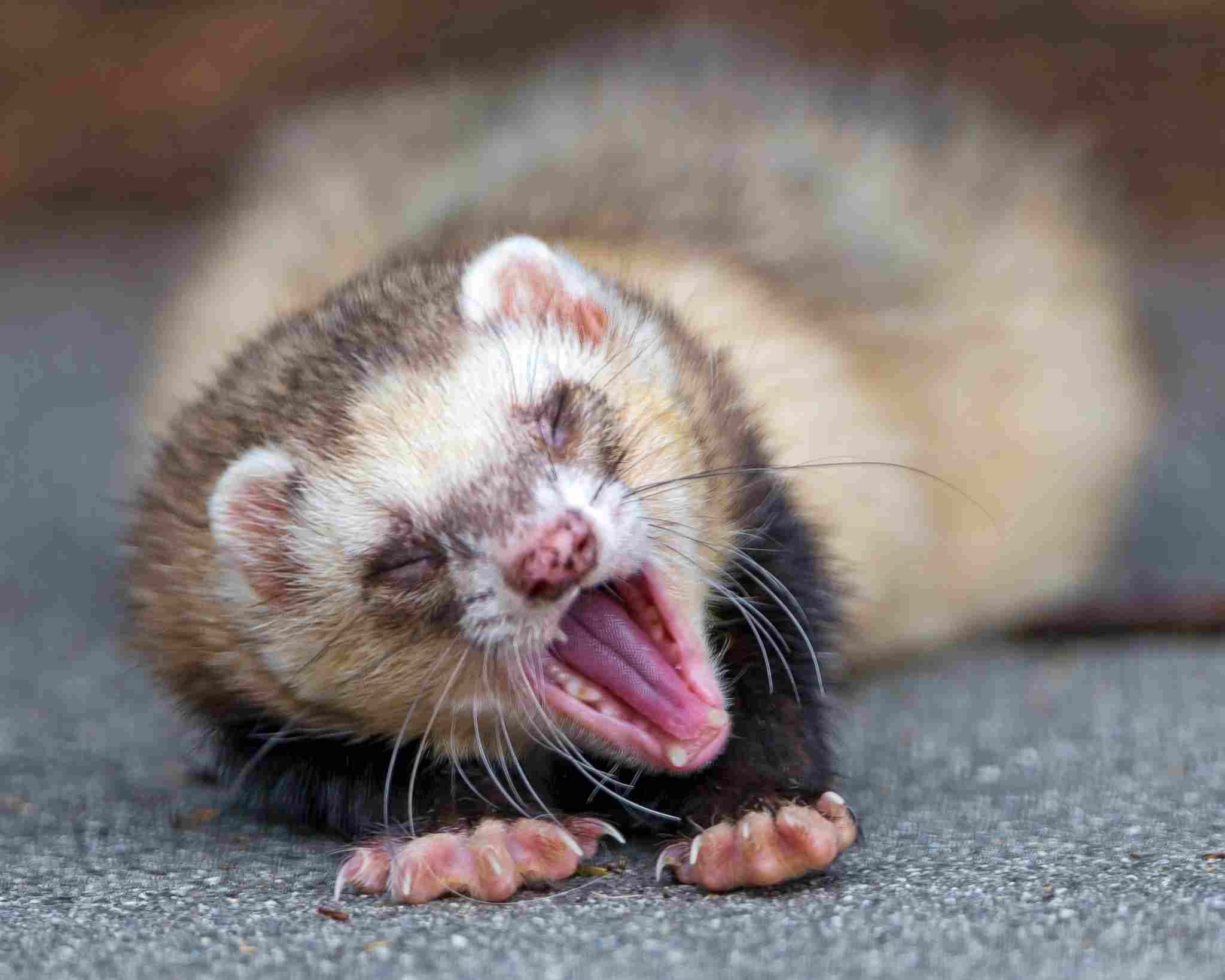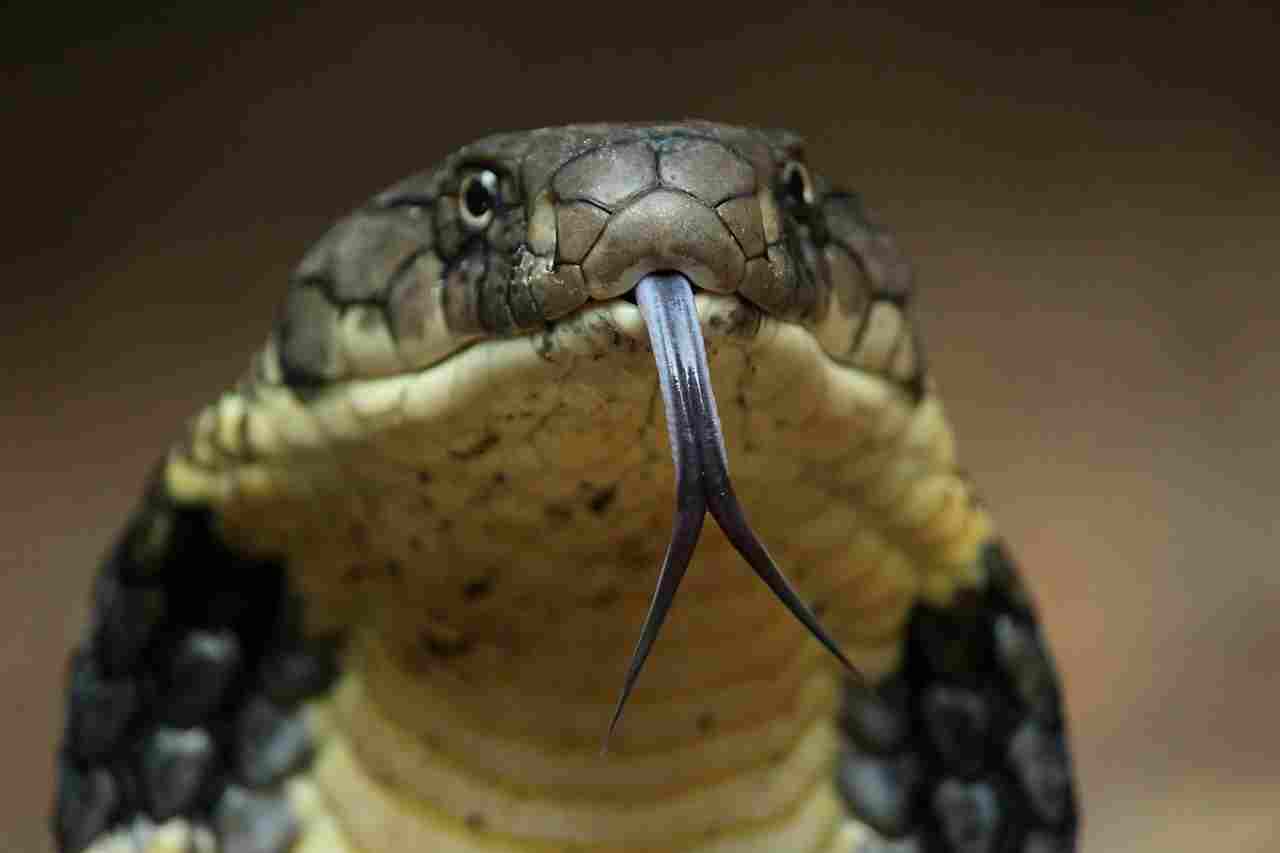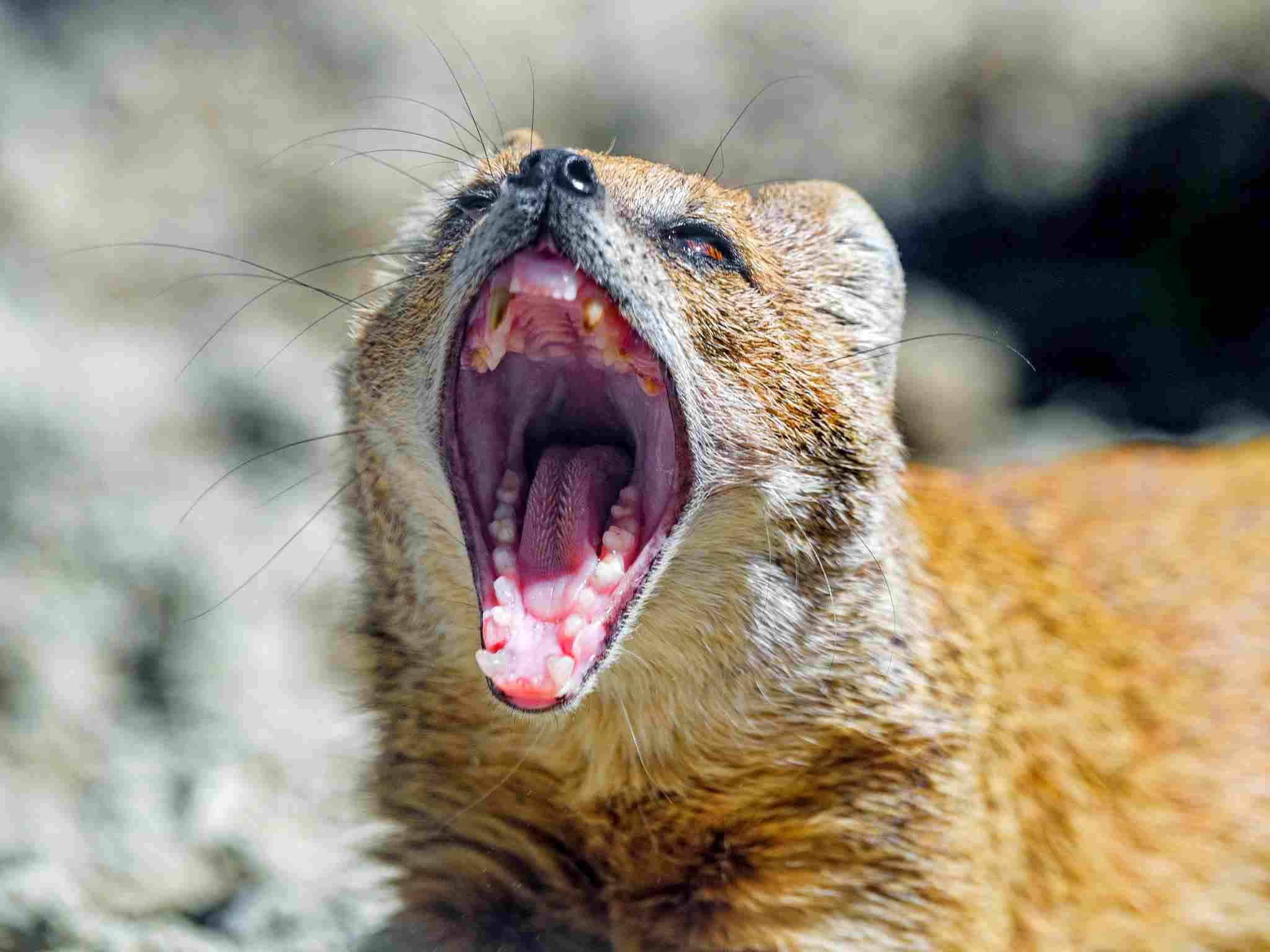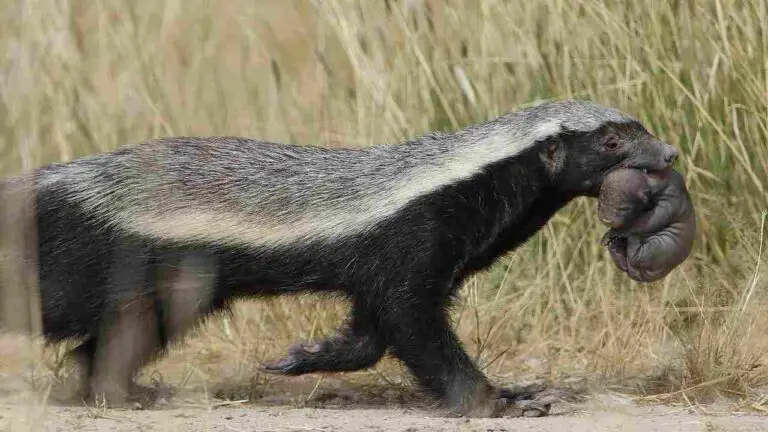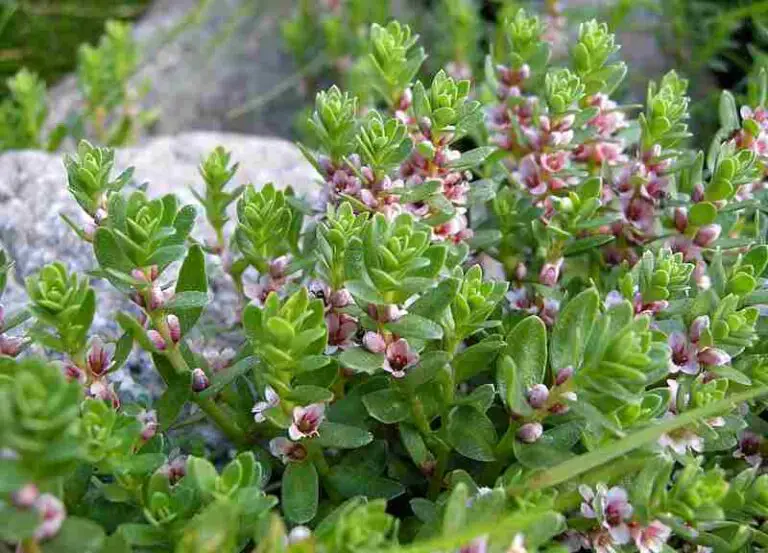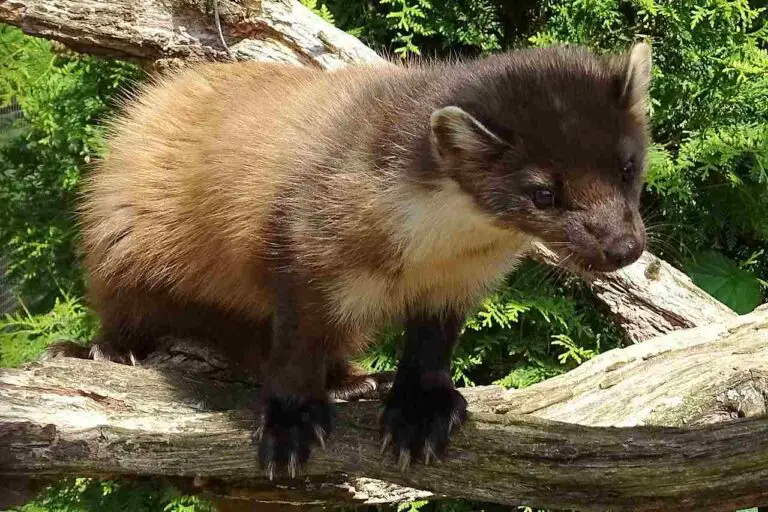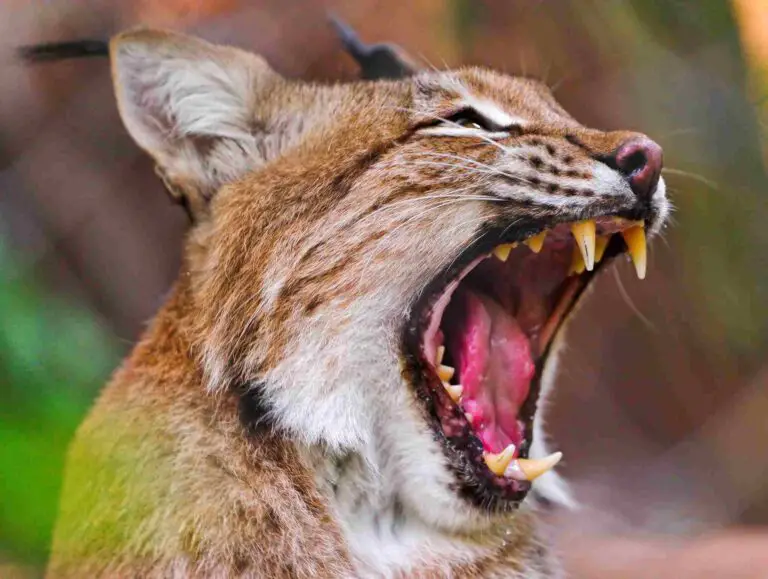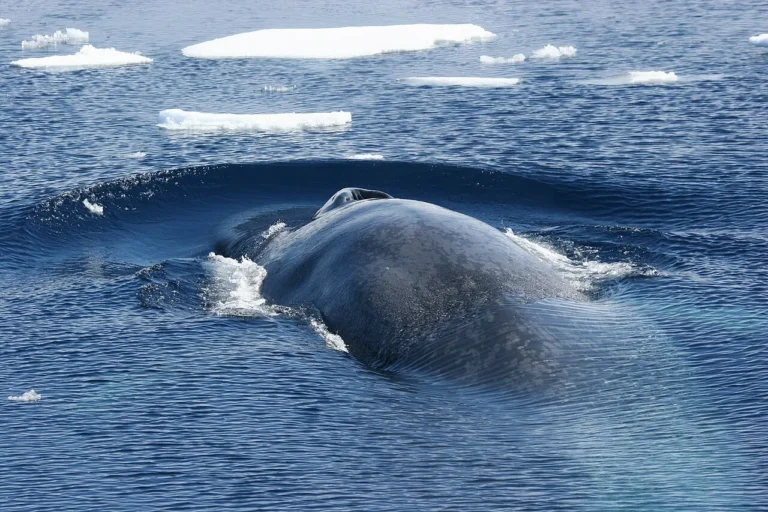11+ Carnivores in Hawaii and Their Characteristics
Examples of carnivores in Hawaii include the Eupithecia caterpillar, wild cats, Hawaiian mongooses, tiger sharks, and bull sharks. Efforts to manage these carnivores vary, from controlling the population of feral cats to implementing conservation measures to protect native species impacted by invasive predators like the mongoose. Conservation strategies also focus on balancing human safety with the protection of apex predators such as tiger sharks, while public education campaigns raise awareness about the importance of coexisting with native carnivores like the Hawaiian monk seal.
1. Eupithecia
Eupithecia, commonly known as the Hawaiian carnivorous caterpillar or the Hawaiian carnivorous moth, is a unique and fascinating species found in the lush forests of Hawaii. Despite its small size and unassuming appearance, this caterpillar plays a crucial role in its ecosystem as a carnivore. Unlike most caterpillars that feed on plant matter, Eupithecia has evolved to prey on small insects, making it a rare example of carnivorous behavior among Lepidoptera.
The larvae of Eupithecia exhibit remarkable adaptations for hunting and consuming prey. They possess specialized mouthparts adapted for grasping and piercing their victims, allowing them to feed on a variety of small invertebrates such as spiders, ants, and aphids. This predatory behavior provides Eupithecia with essential nutrients and energy needed for its growth and development.
Eupithecia’s role as a carnivore contributes to the delicate balance of Hawaii’s ecosystems by regulating insect populations and controlling pest species. Furthermore, studying the feeding habits and ecological interactions of Eupithecia sheds light on the evolutionary processes that have shaped the biodiversity of Hawaii’s islands.
Despite its ecological significance, Eupithecia faces threats from habitat loss, invasive species, and climate change. Conservation efforts aimed at preserving the unique habitats of Hawaii are crucial for safeguarding the future of this remarkable carnivorous caterpillar and the ecosystems it inhabits.
2. Wild Cat
The presence of wild cats, specifically feral domestic cats, in Hawaii poses significant challenges to the native ecosystem. Introduced to the islands by European settlers, these cats have thrived in the wild, preying on native birds, small mammals, and reptiles. Their predatory behavior has had devastating effects on Hawaii’s endemic species, many of which evolved in isolation and lack natural defenses against introduced predators.
Feral cats are opportunistic hunters, capable of decimating populations of ground-nesting birds like the Hawaiian petrel and the Hawaiian goose, or nene. Additionally, they pose a threat to endangered species such as the Hawaiian monk seal and the Hawaiian hoary bat. The unchecked proliferation of feral cats contributes to the decline of native wildlife and disrupts the delicate balance of Hawaii’s ecosystems.
Efforts to control feral cat populations in Hawaii include trapping, neutering, and releasing programs, as well as public education campaigns promoting responsible pet ownership. However, managing the impact of these invasive predators remains a complex and ongoing challenge for conservationists and wildlife managers in Hawaii.
3. Hawaiian Mongoose
The Hawaiian mongoose, introduced to Hawaii in the late 19th century to control rat populations in sugarcane fields, has become an invasive species with detrimental effects on the islands’ native fauna. Despite its initial purpose, the mongoose’s introduction has led to unforeseen consequences, including predation on native birds, reptiles, and insects.
The mongoose’s diet consists of a wide variety of prey, including ground-nesting birds like the Hawaiian gallinule and the Hawaiian duck, as well as eggs and hatchlings of endangered sea turtles. Its predatory behavior has contributed to the decline of many native species and has posed a significant threat to Hawaii’s fragile ecosystems.
Efforts to mitigate the impact of the Hawaiian mongoose include predator control programs and habitat restoration initiatives aimed at protecting vulnerable species and restoring natural habitats. Additionally, public awareness campaigns emphasize the importance of preventing the introduction of invasive species and preserving Hawaii’s unique biodiversity for future generations.
4. Tiger Shark
The tiger shark, one of the most formidable apex predators in Hawaii’s waters, plays a vital role in maintaining the health and balance of marine ecosystems. Named for its distinctive tiger-like stripes, this large shark species is known for its voracious appetite and broad diet, which includes a wide range of marine animals such as fish, seals, turtles, and even other sharks.
As a top predator, tiger sharks help regulate the populations of prey species, preventing overgrazing of marine habitats and promoting species diversity. They also scavenge on carcasses, further contributing to the recycling of nutrients within the ecosystem. However, their predatory nature can sometimes bring them into conflict with humans, especially in areas where there is overlap between shark habitat and human recreational activities.
Conservation efforts aimed at protecting tiger sharks in Hawaii focus on research, monitoring, and education to better understand their behavior and mitigate potential human-shark interactions. By promoting coexistence and implementing responsible management practices, stakeholders strive to ensure the long-term survival of tiger sharks while safeguarding human safety.
5. Bull Shark
The bull shark, known for its aggressive behavior and ability to thrive in both freshwater and saltwater environments, is a formidable carnivore found in the waters surrounding Hawaii. Unlike many other shark species, bull sharks are capable of tolerating low salinity levels and can venture far inland through estuaries and rivers, bringing them into close proximity with human populations.
Bull sharks have a diverse diet that includes fish, rays, turtles, seabirds, and even dolphins. Their adaptability and opportunistic feeding habits make them highly successful predators in a variety of habitats, from shallow coastal waters to deep offshore reefs. However, their presence near popular swimming and surfing areas poses a potential risk to water enthusiasts.
Efforts to manage bull shark populations in Hawaii focus on monitoring their movements and behavior through tagging and tracking programs. By better understanding the habitat preferences and migratory patterns of bull sharks, researchers and conservationists can develop strategies to minimize human-shark interactions and promote coexistence. Additionally, public education initiatives raise awareness about shark safety protocols and the importance of respecting these apex predators’ role in marine ecosystems.
6. Moray Eel
The moray eel is a fascinating carnivorous creature found in the coral reefs and rocky crevices of Hawaii’s coastal waters. With their elongated bodies, sharp teeth, and serpentine movements, moray eels are formidable predators capable of ambushing prey with lightning speed. Despite their intimidating appearance, moray eels play a crucial role in maintaining the ecological balance of coral reef ecosystems.
Moray eels primarily feed on small fish, crustaceans, and mollusks, using their powerful jaws to capture and consume their prey. Their nocturnal hunting habits and excellent sense of smell make them efficient predators in low-light conditions, allowing them to exploit a wide range of prey species. Additionally, moray eels act as keystone species, influencing the distribution and abundance of other marine organisms within their habitat.
Conservation efforts aimed at protecting moray eels in Hawaii include the establishment of marine protected areas and the implementation of sustainable fishing practices. By safeguarding the health of coral reef ecosystems and reducing human disturbances, stakeholders strive to ensure the long-term survival of moray eels and the diverse array of species that depend on healthy reef habitats.
7. Monk Seal
The Hawaiian monk seal, one of the most endangered marine mammals in the world, is a native carnivore that inhabits the remote coastlines and atolls of the Hawaiian Islands. Renowned for their docile demeanor and distinct appearance, monk seals play a crucial role in marine ecosystems as top predators and indicators of ecosystem health.
Monk seals primarily feed on a variety of marine organisms, including fish, cephalopods, and crustaceans, using their sharp teeth and agile swimming abilities to hunt and capture prey. As apex predators, monk seals help regulate the abundance of prey species, maintaining the balance of marine food webs and promoting species diversity.
Despite their ecological importance, Hawaiian monk seals face numerous threats to their survival, including habitat degradation, entanglement in marine debris, and human disturbance. Conservation efforts aimed at protecting monk seals include habitat restoration initiatives, population monitoring programs, and public education campaigns promoting responsible stewardship of marine environments.
By addressing these threats and implementing measures to mitigate human impacts, stakeholders strive to ensure the long-term survival of Hawaiian monk seals and the preservation of Hawaii’s rich marine biodiversity for future generations.
8. Elephant Seal
Although not native to Hawaii, the elephant seal occasionally visits the islands’ shores, particularly during their annual migrations. These massive marine mammals, known for their large size and distinctive trunk-like proboscis, are carnivores that primarily feed on a variety of fish and squid found in deep ocean waters.
During their time in Hawaii, elephant seals may haul out onto beaches to rest and molt, providing opportunities for researchers and wildlife enthusiasts to observe these remarkable animals up close. However, their presence also raises concerns about potential disturbances to native wildlife and habitats, particularly in areas where human activity intersects with seal behavior.
Conservation efforts in Hawaii focus on monitoring elephant seal populations and minimizing human disturbances to ensure their well-being and the protection of native species and ecosystems. Public education initiatives emphasize the importance of respecting wildlife and following guidelines for responsible wildlife viewing to minimize negative impacts on elephant seals and their habitats.
9. Skink
The Hawaiian skink, also known as the copper-striped skink, is a small carnivorous lizard species endemic to the Hawaiian Islands. With their sleek bodies and distinctive copper-colored stripes, these reptiles inhabit a variety of habitats, including forests, grasslands, and rocky areas, where they forage for prey such as insects, spiders, and other small invertebrates.
As carnivores, skinks play a vital role in controlling insect populations and contributing to ecosystem dynamics in Hawaii. Their diet of invertebrates helps regulate pest species and provides a food source for larger predators, including birds and mammals. Additionally, skinks serve as indicators of habitat health, with declines in their populations signaling potential disturbances to native ecosystems.
Conservation efforts aimed at protecting Hawaiian skinks include habitat restoration projects, invasive species control programs, and population monitoring initiatives. By preserving and restoring natural habitats and reducing threats from invasive predators and habitat degradation, stakeholders work to ensure the long-term survival of Hawaiian skinks and the ecological integrity of Hawaii’s unique ecosystems.
10. Gecko
The gecko, a small carnivorous lizard, is a common sight in Hawaii, where it inhabits a variety of habitats ranging from urban areas to lush forests. With their distinctive chirping calls and ability to climb vertical surfaces with ease, geckos are well-adapted to their island environment and play a crucial role in controlling insect populations.
As carnivores, geckos primarily feed on a variety of small invertebrates such as insects, spiders, and even smaller lizards. Their agile hunting skills and nocturnal behavior make them efficient predators, contributing to the regulation of pest species and the maintenance of ecosystem balance in Hawaii.
Despite their beneficial role in controlling insect populations, geckos can sometimes become nuisance pests in human dwellings, where they may seek shelter and scavenge for food. However, their presence also provides valuable pest control services, reducing the need for chemical pesticides and promoting natural pest management.
Efforts to conserve gecko populations in Hawaii include habitat preservation, invasive species control, and public education initiatives promoting coexistence with native wildlife. By raising awareness about the ecological importance of geckos and implementing measures to protect their natural habitats, stakeholders work to ensure the continued presence of these fascinating carnivorous lizards in Hawaii’s ecosystems.
11. Hawaiian Hawk
The Hawaiian hawk, known as ‘Io in the Hawaiian language, is a majestic raptor and the only species of hawk native to Hawaii. As a top predator in the island’s ecosystems, the Hawaiian hawk plays a crucial role in regulating prey populations and maintaining ecological balance.
Hawaiian hawks primarily feed on a variety of small vertebrates, including birds, rodents, and insects. Their keen eyesight, powerful talons, and agile flight make them efficient hunters, capable of capturing prey both on the ground and in the air. However, habitat loss, introduced predators, and human disturbance pose significant threats to the survival of this iconic species.
Conservation efforts aimed at protecting the Hawaiian hawk include habitat preservation, predator control programs, and captive breeding initiatives to bolster wild populations. Additionally, public education campaigns raise awareness about the importance of conserving native wildlife and minimizing human impacts on their habitats.
By addressing these threats and implementing measures to protect the Hawaiian hawk and its natural habitat, stakeholders strive to ensure the long-term survival of this culturally significant and ecologically important raptor in Hawaii.
12. White-Tailed Eagle
The white-tailed eagle, also known as the sea eagle, is a majestic bird of prey that occasionally visits Hawaii during its migrations. With its impressive wingspan and powerful talons, the white-tailed eagle is a formidable carnivore capable of hunting a variety of prey, including fish, birds, and small mammals.
While not a permanent resident of Hawaii, the occasional presence of white-tailed eagles in the islands provides opportunities for researchers and bird enthusiasts to observe these magnificent raptors in their natural habitat. However, their visits also raise concerns about potential disturbances to native wildlife and ecosystems, particularly if they prey on vulnerable or endangered species.
Conservation efforts in Hawaii focus on monitoring white-tailed eagle sightings and minimizing human disturbances to ensure their well-being and the protection of native species and habitats. Public education initiatives emphasize the importance of respecting wildlife and following guidelines for responsible wildlife viewing to minimize negative impacts on white-tailed eagles and their environments.
*Summary
-
Eupithecia (Caterpillar/Moth):
-
Carnivorous caterpillar/moth found in Hawaii’s forests.
-
Preys on small insects, contributing to ecosystem balance.
-
-
Wild Cat (Feral Domestic Cat):
-
Invasive predator preying on native birds, mammals, and reptiles.
-
Control programs and public education aim to mitigate impact.
-
-
Hawaiian Mongoose:
-
Introduced for pest control but became invasive, preying on native species.
-
Conservation efforts focus on control and habitat restoration.
-
-
Tiger Shark:
-
Apex predator regulating marine ecosystems.
-
Conservation efforts balance human safety and shark protection.
-
-
Bull Shark:
-
Aggressive predator with wide diet, poses risk to humans.
-
Management focuses on monitoring and education for coexistence.
-
-
Moray Eel:
-
Carnivorous predator in coral reefs, vital for ecosystem health.
-
Conservation efforts target habitat protection and disturbance reduction.
-
-
Monk Seal:
-
Endangered marine mammal, top predator in coastal habitats.
-
Conservation includes habitat preservation and public awareness.
-
-
Elephant Seal:
-
Occasional visitor with potential impacts on native species.
-
Conservation efforts involve monitoring and public education.
-
-
Skink (Copper-Striped Skink):
-
Endemic lizard controlling insect populations.
-
Conservation focuses on habitat preservation and invasive species control.
-
-
Gecko:
-
Common carnivorous lizard providing pest control services.
-
Conservation involves habitat preservation and public education.
-
-
Hawaiian Hawk (‘Io):
-
Endemic raptor regulating prey populations.
-
Conservation efforts include habitat protection and predator control.
-
-
White-Tailed Eagle (Sea Eagle):
-
Occasional visitor raising concerns for native wildlife.
-
Conservation involves monitoring and minimizing human disturbances.
-
| Carnivores in Hawaii | Summary |
| Eupithecia |
Carnivorous caterpillar/moth in forests, preys on small insects.
|
| Wild Cat |
Invasive predator targeting native species, control programs in place.
|
| Hawaiian Mongoose |
Introduced for pest control, now invasive, conservation focuses on control.
|
| Tiger Shark |
Apex predator regulating marine ecosystems, conservation balances safety.
|
| Bull Shark |
Aggressive predator, management focuses on monitoring and education.
|
| Moray Eel |
Vital coral reef predator, conservation targets habitat protection.
|
| Monk Seal |
Endangered marine mammal, conservation includes habitat preservation.
|
| Elephant Seal |
Occasional visitor with potential impacts, conservation involves monitoring.
|
| Skink |
Endemic lizard controlling insects, conservation focuses on habitat preservation.
|
| Gecko |
Common lizard providing pest control, conservation involves public education.
|
| Hawaiian Hawk (‘Io) |
Endemic raptor regulating prey populations, conservation includes habitat protection.
|
| White-Tailed Eagle |
Occasional visitor with conservation efforts focusing on minimizing disturbances.
|
Related FAQs
Q: Are there any efforts to control the population of wild cats in Hawaii? A: Yes, there are various programs in place aimed at managing the population of feral domestic cats in Hawaii. These efforts include trapping, neutering, and releasing programs, as well as public education campaigns promoting responsible pet ownership to reduce the number of abandoned or free-roaming cats.
Q: What impact do Hawaiian mongooses have on native wildlife? A: Hawaiian mongooses, introduced to control rat populations, have become invasive predators in Hawaii, preying on native birds, small mammals, and reptiles. Their presence has contributed to the decline of many endemic species, posing a significant threat to the island’s fragile ecosystems.
Q: How are tiger sharks managed in Hawaii to ensure human safety? A: Conservation efforts regarding tiger sharks in Hawaii aim to balance human safety with shark protection. Strategies include monitoring shark populations, implementing safety protocols for water activities, and public education campaigns to raise awareness about shark behavior and reduce potential interactions.
Q: What conservation measures are in place to protect the Hawaiian monk seal? A: Conservation efforts for the Hawaiian monk seal include habitat preservation, population monitoring, and public education initiatives. Marine protected areas are established to safeguard critical habitats, while outreach programs promote responsible stewardship and minimize human disturbances.
Q: How do conservationists address the impact of invasive species like the mongoose on native wildlife in Hawaii? A: Conservation efforts targeting invasive species like the mongoose in Hawaii involve control programs and habitat restoration initiatives. These efforts aim to reduce the population of invasive predators and restore native habitats, thereby mitigating their impact on native wildlife populations.
